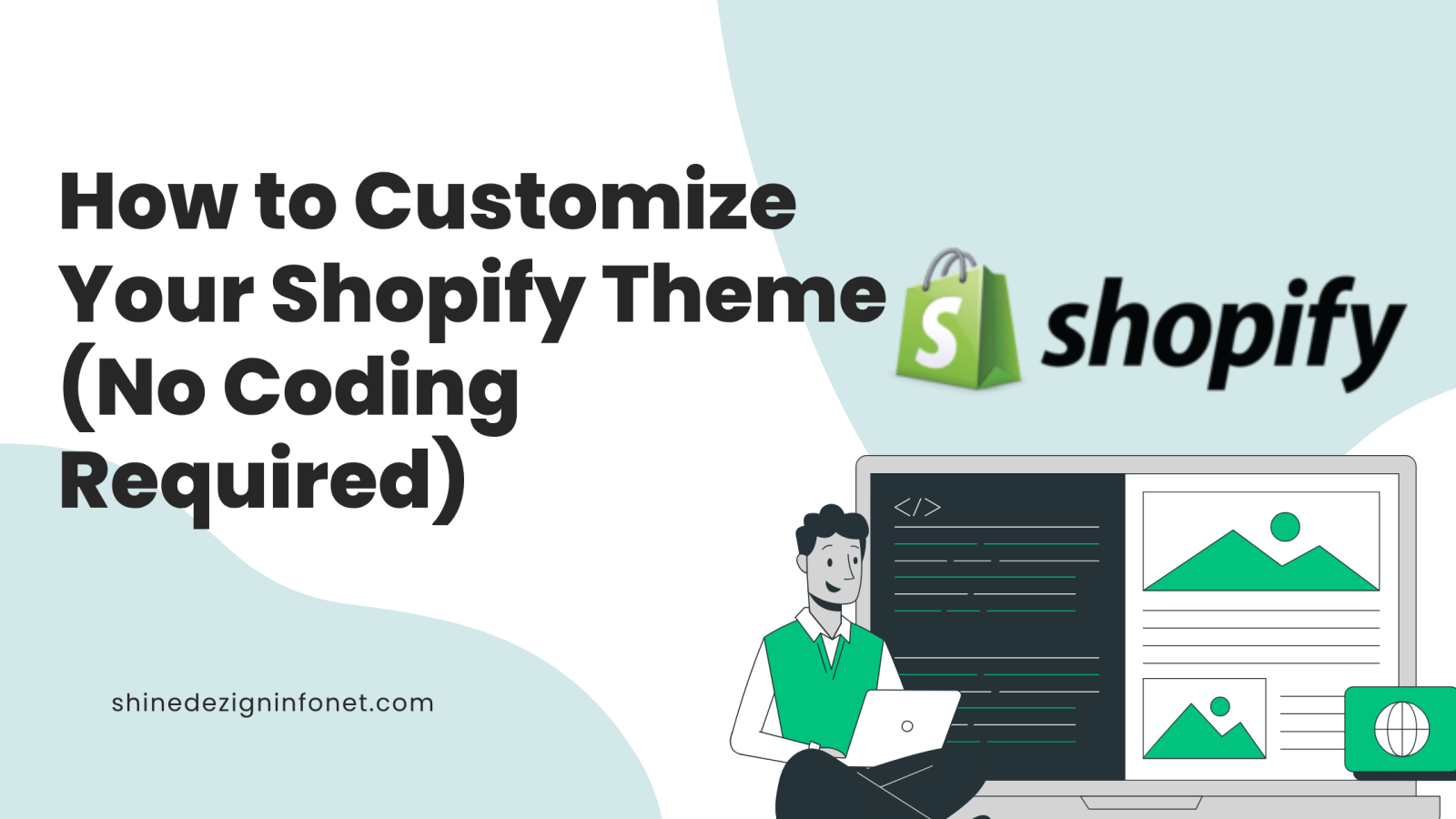Notifications

 By Jim Morgan
By Jim Morgan
Invalid date
8 minutes, 30 seconds
6 views 0 comments 0 likes 0 reviews

So you've jumped on the Shopify bandwagon smart move! Getting your online store up and running is honestly pretty painless these days. But here's the thing: once you've got everything set up, you're probably staring at a store that looks... well, like everyone else's.
Don't get me wrong, Shopify themes look good straight out of the box. But "good" and "uniquely yours" are two very different things. The good news? You don't need to become a coding genius overnight to make your store stand out from the crowd.
Look, I get it. You've already invested time and energy into getting your store live. Why mess with something that already works? Here's why it's worth the extra effort:
It's all about that first impression. When someone lands on your site, you want them to think "wow, this brand has their act together," not "hmm, this looks familiar." Your store should feel like an extension of your brand, not a cookie-cutter template.
Happy customers buy more stuff. When your site is easy to navigate and feels trustworthy, people stick around longer. They browse more, they trust you more, and yes they buy more.
You can actually guide people where you want them to go. Want to highlight your best-selling product? Promote a special offer? A customized layout lets you control the customer journey instead of leaving it to chance.
Before we dive into the how-to stuff, let's talk about whether you should tackle this yourself or hire a shopify expert.
Going the DIY route makes sense if you're working with a tight budget or you're the type who likes to understand how things work. Plus, Shopify has made their customization tools pretty user-friendly no computer science degree required.
Hiring a developer is worth considering if you need something really specific or if you'd rather spend your time on other parts of your business. Yes, it costs more upfront, but sometimes it's worth it to get exactly what you envision.
Alright, let's get into the good stuff. Here are five ways to customize your Shopify store without touching a single line of code.
This might seem obvious, but I see too many stores using themes that don't match their products or brand personality. Your theme is like the foundation of a house—everything else builds on top of it.
Free themes are perfect if you're just starting out or keeping things simple. They're clean, they work, and they won't cost you anything.
Paid themes (usually between $180-$350) give you more bells and whistles. More customization options, better features, and often better mobile optimization.
Take some time to browse the Shopify Theme Store. Don't just go with the first one that looks "nice" think about your customers and how they'll actually use your site.
Once you've got your theme installed, head over to your admin panel and click on Online Store > Themes > Customize. This is where the magic happens.
Colors matter more than you think. If you already have brand colors, use them. If not, start with your logo or browse sites like Color Hunt for inspiration. Just don't go crazy pick a few colors and stick with them.
Choose fonts that make sense. You don't need to be a typography expert, but here's a simple rule: use one font for headings (this can be a bit more decorative) and another for body text (keep this one simple and readable). Three fonts max, or things start looking messy.
This is where you can really make your store feel polished and professional.
Templates let you create consistent layouts across different types of pages. Your product pages should all have a similar feel, your blog posts should look cohesive, and so on.
Sections are like building blocks. Want to add customer testimonials? There's a section for that. Need a newsletter signup? Yep, there's a section for that too.
The best part? You just click "+ Add section" in the theme editor and drag things around until they look right. It's like digital Legos.
Here's where Shopify really shines. Their App Store is packed with tools that can add functionality to your store without any technical headaches.
A few apps that are actually worth installing:
Pro tip: Don't go app-crazy. Start with the essentials and add more as you need them. Too many apps can slow down your site.
This one's pretty neat. App embeds let you add dynamic features—like live chat widgets or email popups without any coding. You just toggle them on and off in your theme editor.
Go to Theme Editor > App Embeds, and you can see all your options in one place. Want to try a new feature? Turn it on. Not working for you? Turn it off. Easy.
Look, your Shopify store doesn't have to look like everyone else's. With these tools and a bit of time, you can create something that actually represents your brand and makes your customers want to stick around.
Start small maybe just update your colors and fonts. Then gradually add more features as you get comfortable. And remember, if you hit a wall or want something really custom, there's no shame in bringing in a professional.
Your store should be as unique as your business. Now you've got the roadmap to make that happen.

